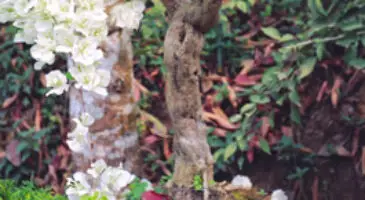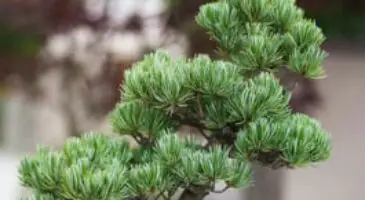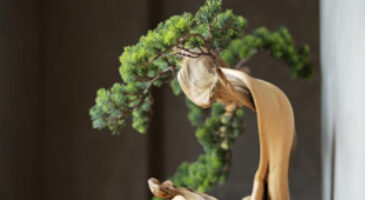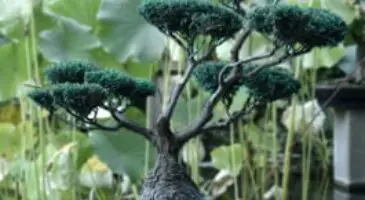Table of Contents
As growing moss around your tiny ornamental plant looks stunning and provides a lot of settlement. But how to grow moss on bonsai? I am here; to discuss it in detail, so let’s move to know about it.
Moss is essentially the best addition you can make to your bonsai. Small packages of spores are very fast-growing, cheap, and they give a lot of benefits to the health and shape of your bonsai. Moss is significant for any planting.
It is a highly influential feature of a bonsai tree. Although growing on patios and rocks is annoying, it is incredibly useful for bonsai! Planting moss on your bonsai is also helpful in shielding the tree from potentially severe problems, including dehydration.
Can I use any moss for bonsai
No, before choosing a moss to grow on a bonsai, you must know about the soil PH and maintenance regime. Usually, white sphagnum is recommended to increase your bonsai. However, if you choose the suitable bonsai moss, it will provide several benefits. I have listed a few of them.
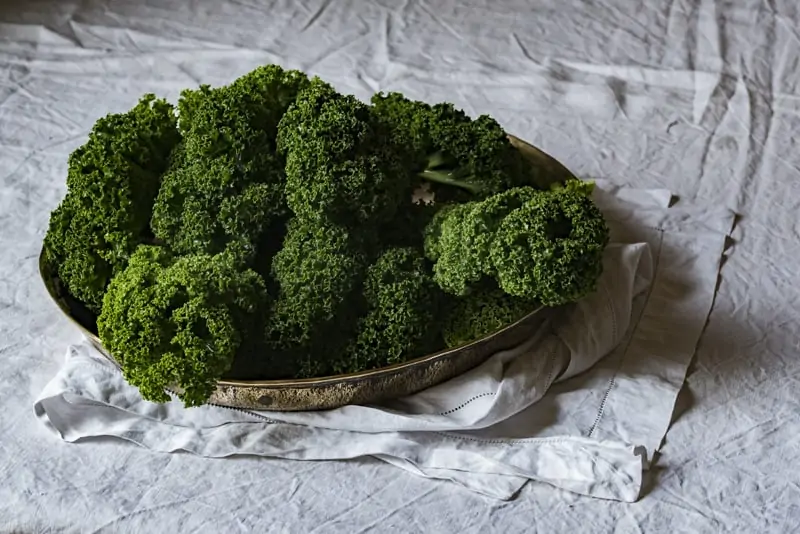
Plant more realistic plants
Bonsai is a technique to create a minor nature, and the best bonsai deceive the eye by thinking that it is an actual sized tree.
The moss seems primarily fantastic because it looks like scale model grass. In addition, a bonsai tree resting on a wide bed of bonsai may look like a large tree growing in the grass.
If you choose windswept and rock style looks for your bonsai, it can still add texture and depth. It seems much more like a natural rock for this, slightly pressed against the rocks instead of the full print.
You can even push your tree, but you have to make sure that this small weed does not grow on the tree’s trunk.
Insulation
Yeah, it has the best insulation properties. Moss holds warmth during the winter and assists in keeping the soil breezy in summer, which secures the bonsai tree’s roots all year round.
A layer of moss around your bonsai is genuinely one of the fantastic things you can make to ensure the strength of your bonsai.
Hold in moisture
A whole bed of moss topping the soil around your tiny tree aids the soil to retain moisture and reduce the number of times when you are watering your bonsai.
The moss itself has a little requirement of water; that’s why it is water positive. It can be a great trick, particularly for water-loving bonsai, which have to be watered well at all times.
While moss is also perfect for the outdoor trees that may attain more sun revelation than they prefer.
Is sphagnum moss bad for bonsai
A lot of people have a misconception about sphagnum moss, but it is one of the best mosses for a bonsai tree. It is applied in a range of ways, along with growing bonsai.
An essential feature of sphagnum is that it is useful for increasing bonsai to retain plenty of water. Spaghetti moss plants can contain 16-26 times more water than their dry weight.
It does not decompose easily because it has phenolic in its cell walls. So, it can be employed in processes that may take additional time to complete. In addition, Sphagnum does not crack down as other growing mediums.
Originating from peat bogs, sphagnum is known to help protect substances from phenols, however, because it grows in an insoluble environment. Lack of oxygen means less decomposition.
As a result, Sphagnum is a renowned reality that extras of living organisms and bones that stop in the peat swamp are preserved after a prolonged period.
Sphagnum is also a standard disinfectant. It was widely used in the World Wars to heal and keep wounds clean. In bonsai planting, sphagnum moss is typically used along with roots and root development.
When trees are cut down by nature, it is a most popular reality that it is an excellent idea to tie wet sphagnum moss between the roots. It is because of the moss’s ability to retain water.
We secured the moss between the roots throughout a recent excavation and shrouded it in sacking before transferring it into a plastic bag. It not only kept the moss in place but also helped retain moisture.
What is the best moss for bonsai
White sphagnum bonsai-specific moss is commonly accessible from orchid growers. The moss usually comes in clumps. Put in on the large screen when turning the bonsai soil to generate the fine particles.
The key is choosing the suitable moss for arranging proper care and soil pH for your bonsai. As trees do not need lots of moisture, no moss can grow alone.
However, Ceratodon purureus, along with Bryum argenteum and other Bryum species, are well tolerated by a dry regime and used on alkaline solids. They can be found at the edges of parking heaps in urban areas or sidewalk cracks.
Polytracham and Atricham present very different looks and textures with long straight growth habits. Furthermore, the Mnium family of translucent leafy bryophytes offers an option to spread horizontally for high humidity conditions.
Other “carpet” grasses that can be employed are Ctenidium, Thuidium, and Hypnum.
How to get moss for bonsai
The first technique, of course, is to assemble moss and instantly transplant them into your bonsai tree. It can be available at different places, but in several areas, you are more likely to find the right type – moss that spread over the given space and does not grow assertively. However, you wouldn’t like your bonsai to struggle with the fast-growing weeds.
Therefore, where to find the exact type of moss for your bonsai? Always strive to assemble these tiny plants from a place that will graft with you. It may lead to a sunny spot.
Make an effort with roofs, moss on the tree bark, sidewalk cracks, and some others. Moreover, you can even try various types of moss to generate a stunning display.
Get the moss using a knife and try to assemble comparatively large pieces. Maintained the moss moistness and put them in bonsai soil without much delay. The soil surface should include a thin layer of water-retaining and nutrient-rich soil.
How to apply moss to bonsai
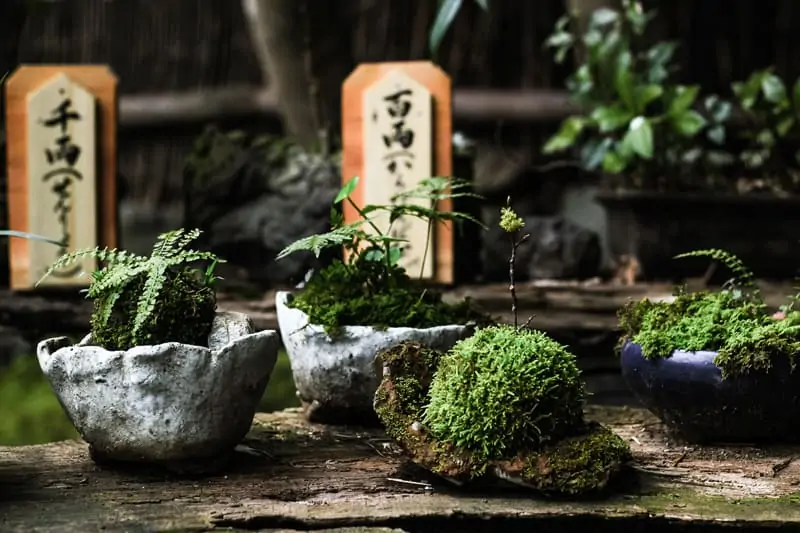
For several bonsai masters, moss is a steady-growing problem that swabs your outdoor rocks or patio that you want to get rid of quickly.
For bonsai lovers, moss is a prestigious non-vascular plant used to add dimension and beauty to a potted tree. Mossy rough bonsai also slow down the evaporation around the root system and retain moisture.
Instead of snatching your neighbors’ moss and promoting it, you can make your own pattern to arrange sparks around a small tree. But gather all the necessary tools before the moss grows.
- Fill up a plastic growing tray with potting soil or sand. If the tray or dish doesn’t have drainage gaps, pierce the bottom with sharp scissors or a knife to make three to four of them.
- Buy commercials moss trays through a specialized dealer or from a local nursery. Then, with a food processor, sharp knife, or blender, minimize the preachers until they become fine dust. If the spores have to be cut manually, make sure they are not blustered by placing the spores in a plastic bowl or container.
- Extend a single coating of spores dust on potting soil or sand. Supply with plenty of water before enveloping the plastic growing tray with cheesecloth or matching lid, or soak the spears and clay without generating puddles.
- Examine the tray for the next 3 To 4 weeks. To maintain a uniformly humid environment, smog the spores regularly. They are ready for harvest in about a month.
- To arrange the moss, look at the top layer of soil around the bonsai, and lift any aerial roots with a couple of root scissors.
- Spread a thin layer of moss to coat the topsoil. It can be assembled from a local nursery and usually comes in large clutches. Put the sphagnum moss on the sifting tray to make the clutches into fine particles.
- Wet the sphagnum moss so that it flattens the soil, not sufficient to make a muddy mess, as it helps to keep transplanted ornamental moss moist.
How do you water a moss bonsai trees from seed
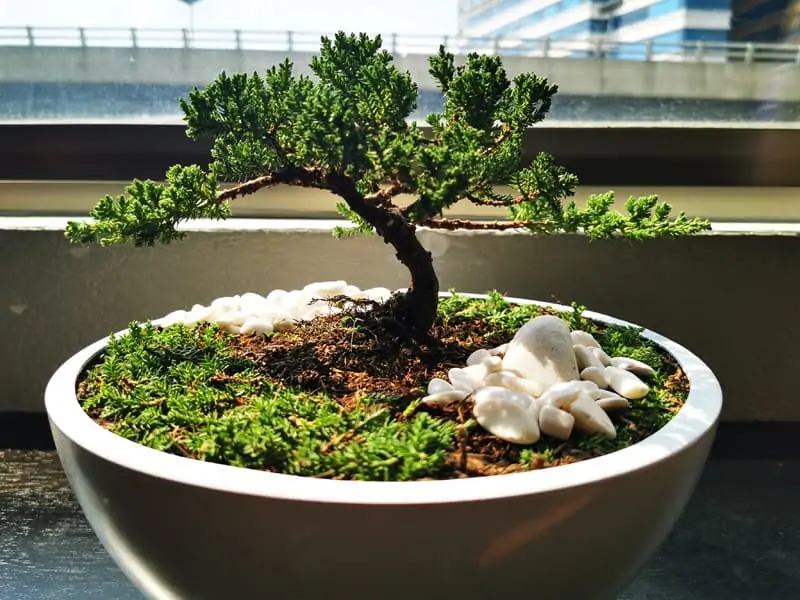
The most crucial element in growing bonsai is water. The plant should be watered one time a week. For instance, if the moss ball becomes dry and light, water it.
As sprinkling moss with water can assist in keeping the moss fresh after every four days. Under these bubbles, be sure to completely submerge the moss balls.
Conclusion:
So bonsai moss is a fantastic addition to a bonsai tree due to several reasons. Bonsai moss insulates the bonsai roots against the botch environment, creates a more realistic structure, and provides protection from insects.
